A critical view of applying life cycle assessment on disposable diapers in a rural context
DOI:
https://doi.org/10.17159/sajs.2025/18211Keywords:
absorbent hygiene products, disposable diapers, life cycle assessment, waste management, nappiesAbstract
The environmental impacts of disposable diapers in comparison to reusable diapers have been a matter of interest within the life cycle assessment (LCA) community for many years. However, the majority of LCAs have been conducted in developed countries with well-developed waste management infrastructure. This study takes a critical view of the application of LCA to evaluate the environmental impacts of disposable diapers in rural areas. In the study area, the majority of diapers were openly dumped (43.8%), sent to unsanitary landfills (26.1%) or burned (18.6%). The production phase contributed the most to the majority of impact categories, excluding freshwater exotoxicity, marine exotoxicity and human carcinogenic toxicity. These impacts were instead dominated by end-of-life impacts and also had the highest relative significance when normalisation was conducted. The lack of and/or poor waste management has resulted in the end of life of diapers being a significant environmental risk. However, current life cycle impact methodologies are not able to fully cover the scope of impacts presented by mismanaged diaper waste. This study demonstrates the importance of geographical contexts when conducting diaper LCAs wherein, in some scenarios, it may be necessary to include impacts beyond the scope of a traditional LCA.
Significance:
- This is the first LCA conducted on diapers in the rural context of Africa.
- The majority of impacts were attributed to the production of disposable diapers.
- The majority of disposable diapers were dumped or sent to unsanitary landfills.
- However, LCA cannot take into consideration improper disposal, giving an incomplete picture of the environmental impacts.
Downloads
Published
Issue
Section
License

All articles are published under a Creative Commons Attribution 4.0 International Licence
Copyright is retained by the authors. Readers are welcome to reproduce, share and adapt the content without permission provided the source is attributed.
Disclaimer: The publisher and editors accept no responsibility for statements made by the authors
How to Cite
- Abstract 358
- PDF 420
- EPUB 126
- XML 112
- Peer review history 332
Funding data
-
Department of Science and Innovation, South Africa
Grant numbers CSIR/NRE/GES/IR/2015/0053/C -
National Research Foundation
Grant numbers UID 128149

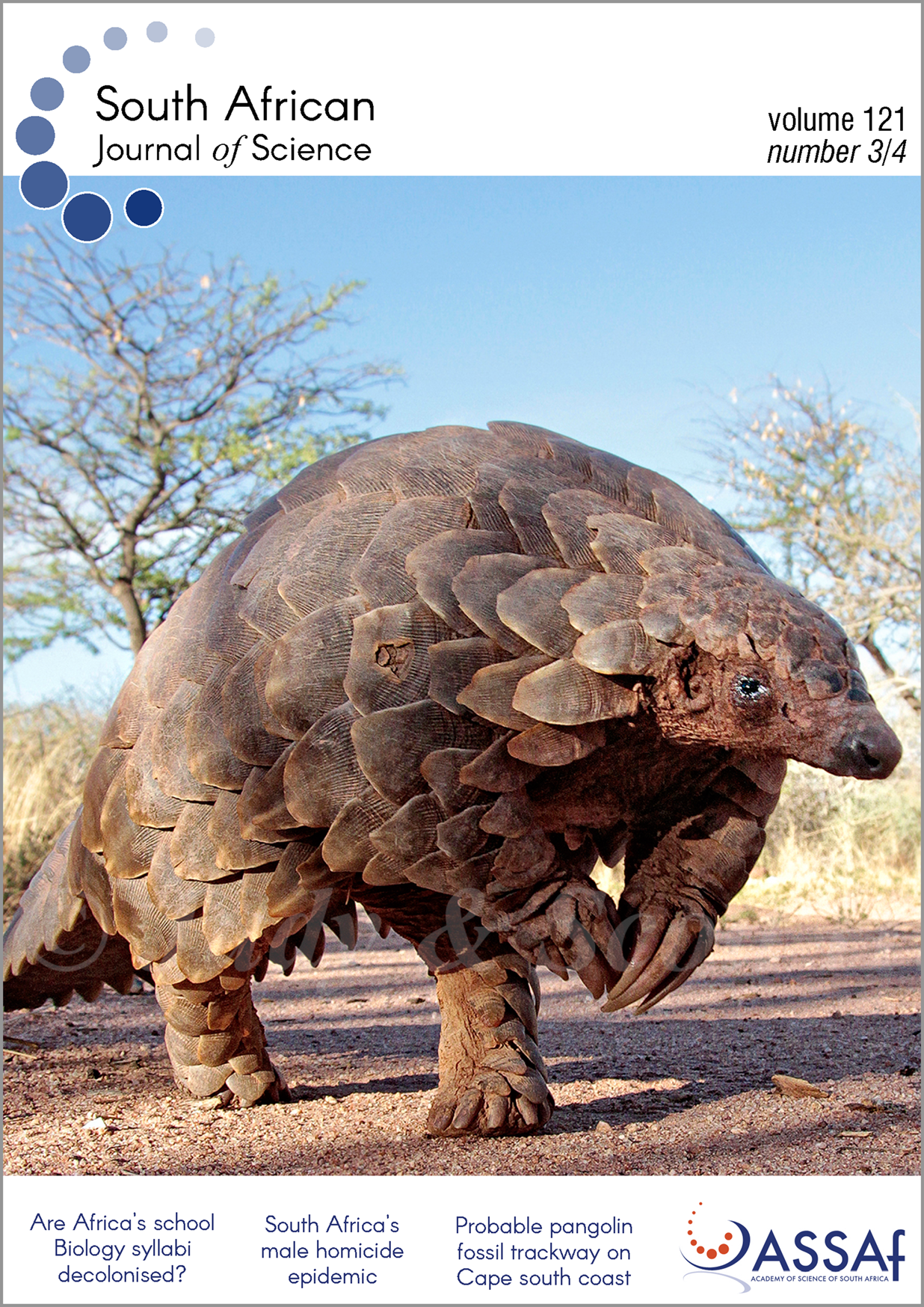




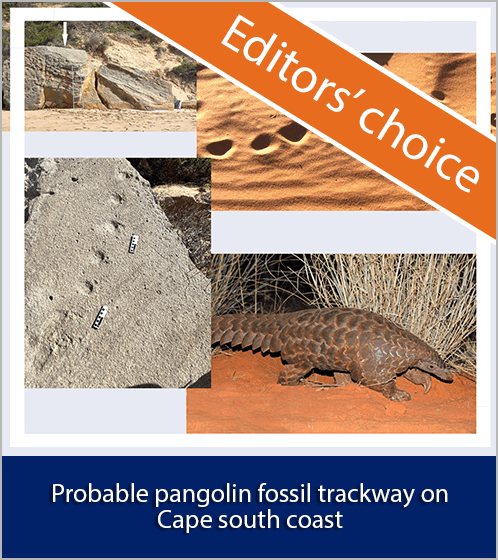
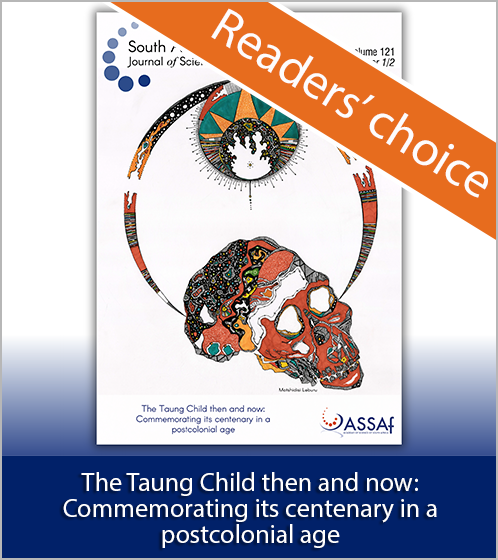


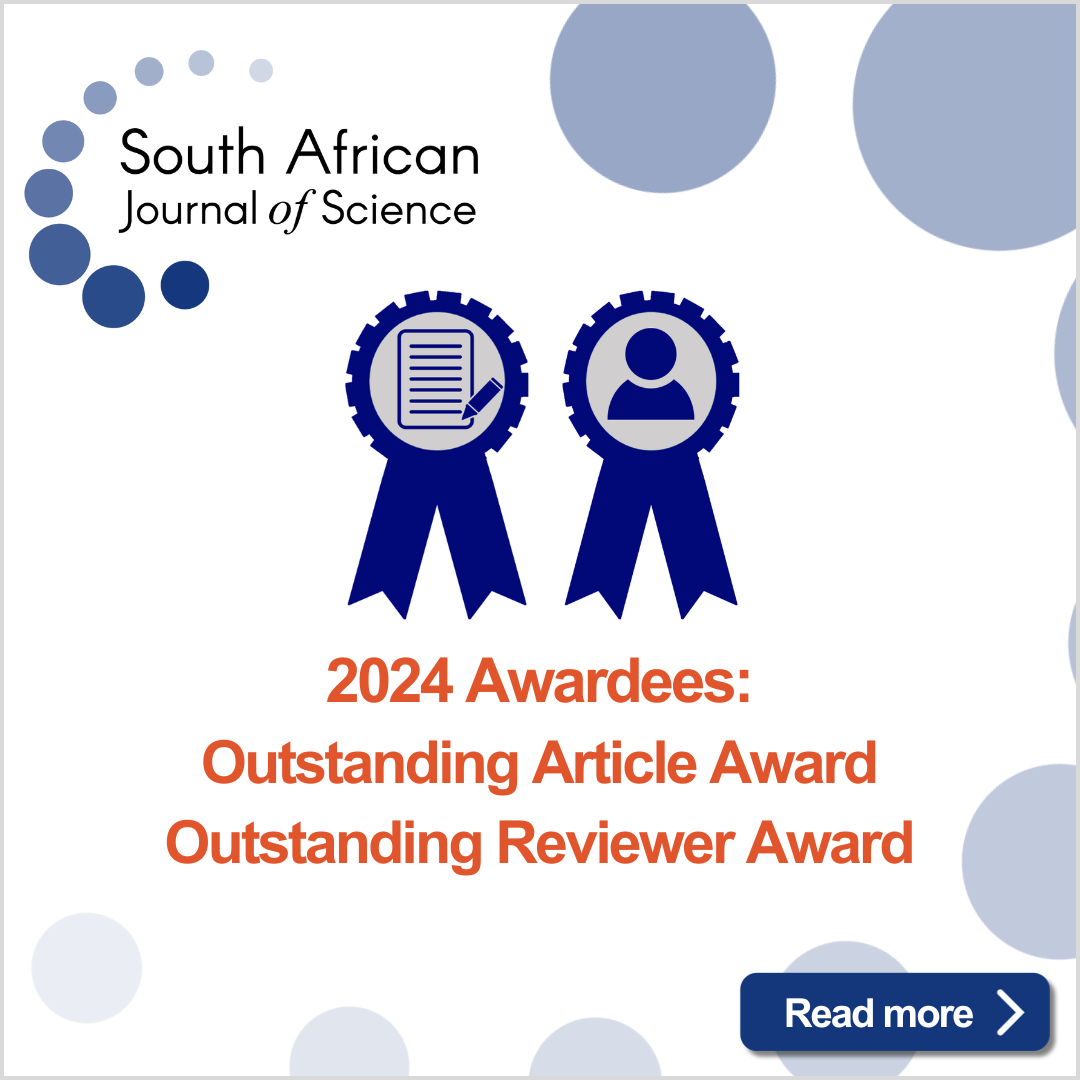

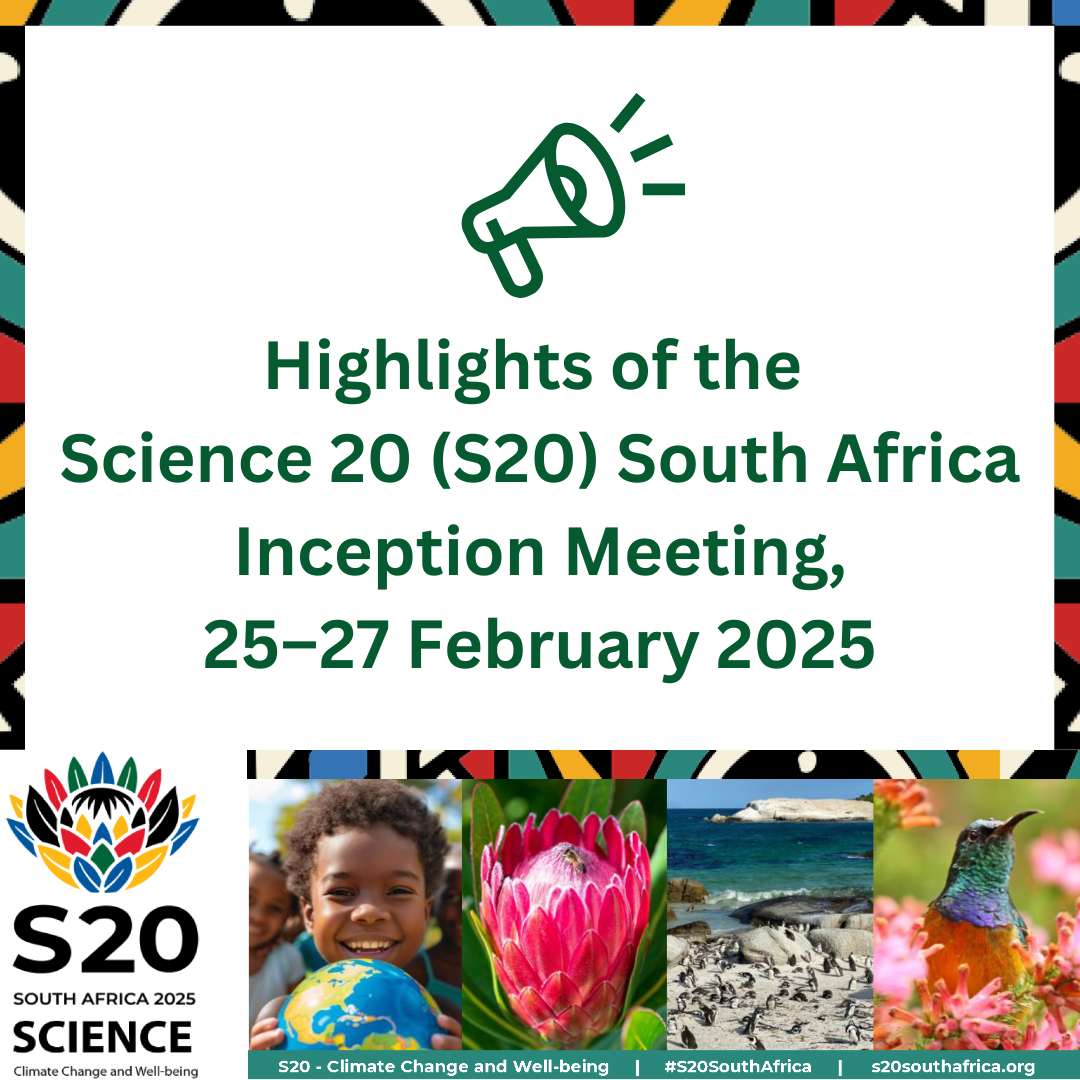
.png)